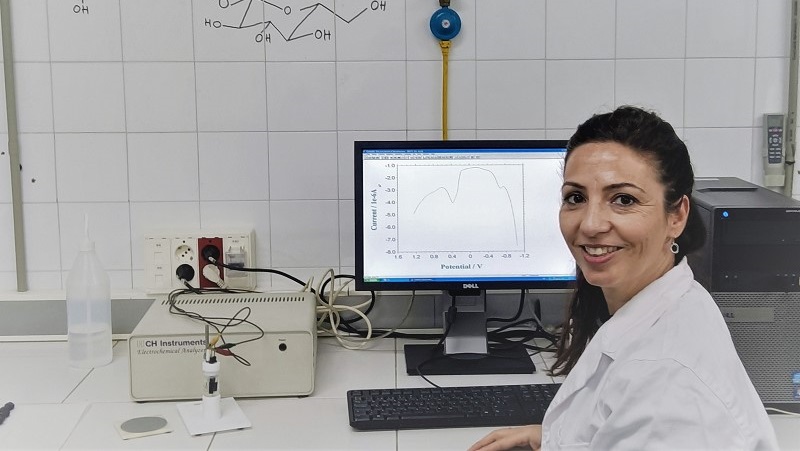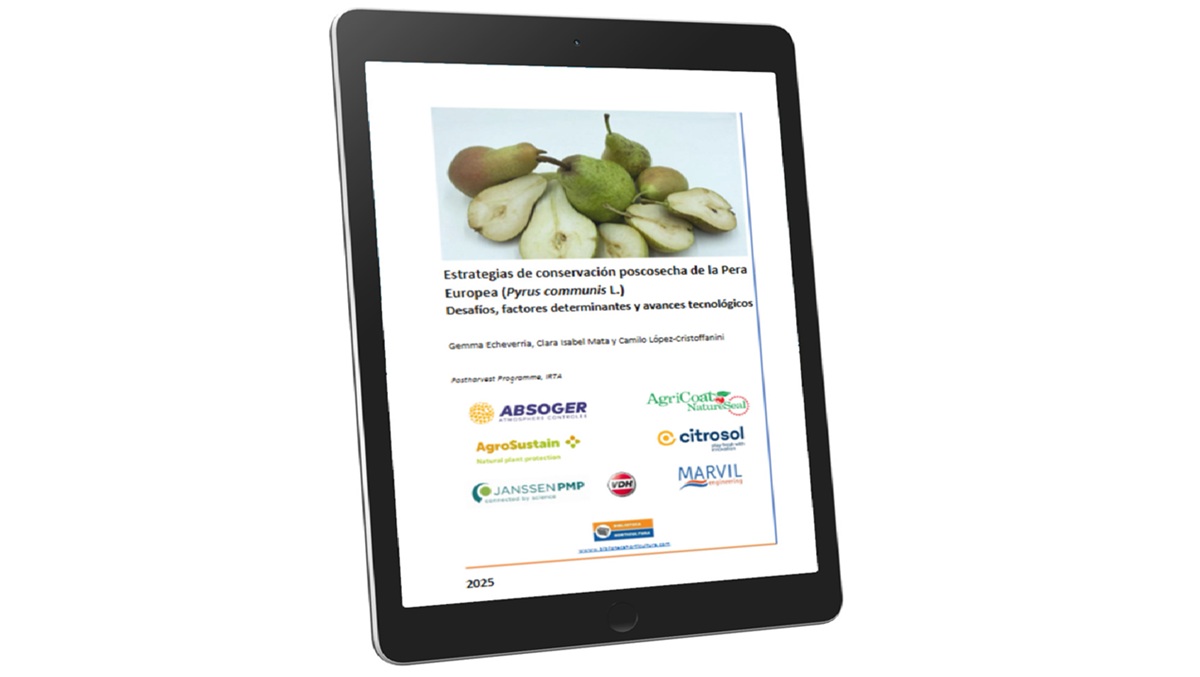News
Validation of a Rapid and Precise Method for Assessing Antioxidant Activity in Berries
A Research Team from IFAPA La Mojonera Certifies a Tool for Detecting Beneficial Compounds and Antioxidant Activity in Blueberries and Raspberries

A research team from the La Mojonera Center in Almería of the Instituto de Investigación y Formación Agraria y Pesquera (IFAPA), the Instituto de Ciencia, Tecnología y Nutrición de los Alimentos (ICTAN- CSIC) and the Universidad de Valencia (UV) in Spain has developed and validated a methodology for on-site analysis of the antioxidant activity of berries. The system allows the evaluation of extracts, products, and by-products from the agri-food industry that can be subsequently incorporated into pharmaceuticals and nutritional supplements. Additionally, they have confirmed that chemical reactions occur that activate these benefits, opening up possibilities for new developments and applications.
One of the goals of the agri-food industry is the extraction of health-beneficial substances from various products and by-products. Among them, phenolic compounds, especially flavonoids, stand out for their favorable impact on the body due to their high antioxidant capacity.
These compounds interact with free radicals, which are responsible for many diseases such as cancer, minimizing their effects. Thus, these experts have detailed in the article 'Electrochemistry of lyophilized blueberry and raspberry samples: ROS activation of the antioxidant ability of anthocyanins', published in the journal Food Chemistry, how the antioxidant activity of freeze-dried berries can be analyzed using a technique called microparticle voltammetry. It involves the direct insertion of electrodes into the product being studied, similar to using a thermometer. The researchers had previously successfully applied this methodology to fresh fruits, confirming its ease of application and precision in results.
Within the group of flavonoids, the researchers have focused on the effects of anthocyanins, a group of natural pigments responsible for the red, purple, or blue color of many flowers and fruits, with well-known antioxidant and anti-inflammatory properties. IFAPA researcher Irene Domínguez, the article's author, states to the Fundación Descubre:
"We confirm that the system not only allows the analysis of phenolic compounds present in fruits but also their interaction with other reactive substances that give them an even greater antioxidant character."
Action and Reaction
These substances, called reactive oxygen species (ROS), are highly reactive and interact with phenolic compounds. Examples of ROS include free radicals or hydrogen peroxide, which cause cellular stress and can lead to various diseases such as cardiovascular issues or cancer.
Microparticle voltammetry is an electrochemical technique, a branch of science that studies interactions between compounds and electrical potential. It enables the analysis of solid samples and is commonly used for detecting heavy metals. Through this procedure, the composition can be determined by measuring the electric current generated by electrodes and the flow of electrons between molecules.
The electrode system used allows the study of oxidation-reduction (redox) reactions experienced by the compounds. These reactions occur through the transfer of electrons between molecules. The experts demonstrated in the study that the oxidation of each anthocyanin present in the sample produces a strong and well-defined current signal represented in a graph, called a voltammogram.
Furthermore, depending on the applied potential and the presence of oxygen, ROS are generated that react with these substances. These results confirm the high antioxidant capacity of berries and highlight that the compounds responsible for it, after interacting with reactive species, may exhibit even greater activity against free radicals.
Applications of the Technique
This methodology has been successfully applied to fresh samples of tomatoes and blueberries, tea, as well as lyophilized grapes, raspberries, and blueberries. Its use has allowed the characterization and differentiation of various varieties and treatments, both pre and post-harvest. The researcher adds:
"Given the high potential of the technique in the agri-food sector, we are currently continuing to optimize the methodology for its application to other plant-based products, both fresh and processed."
The research has been funded through the projects 'Effect of short-duration gaseous treatments on the post-harvest quality of berries stored at low temperatures. Molecular and metabolic strategies' from the Institute of Food Science and Technology, 'Application of advanced solid-state electrochemistry techniques and microscopy in the study of archaeological remains of organic nature' from the Polytechnic University of Valencia, and 'CO2 shocks as post-harvest treatment to extend the shelf life of tomatoes in the fight against food waste and the use of plastic packaging' from IFAPA.
References
Irene Domínguez, Irene Romero, M. Teresa Sanchez-Ballesta, M. Isabel Escribano, Carmen Merodio, and Antonio Doménech-Carbó. 'Electrochemistry of lyophilized blueberry and raspberry samples: ROS activation of the antioxidant ability of anthocyanins’.Food Chemistry'. Food Chemistry. 2024


.jpg)









